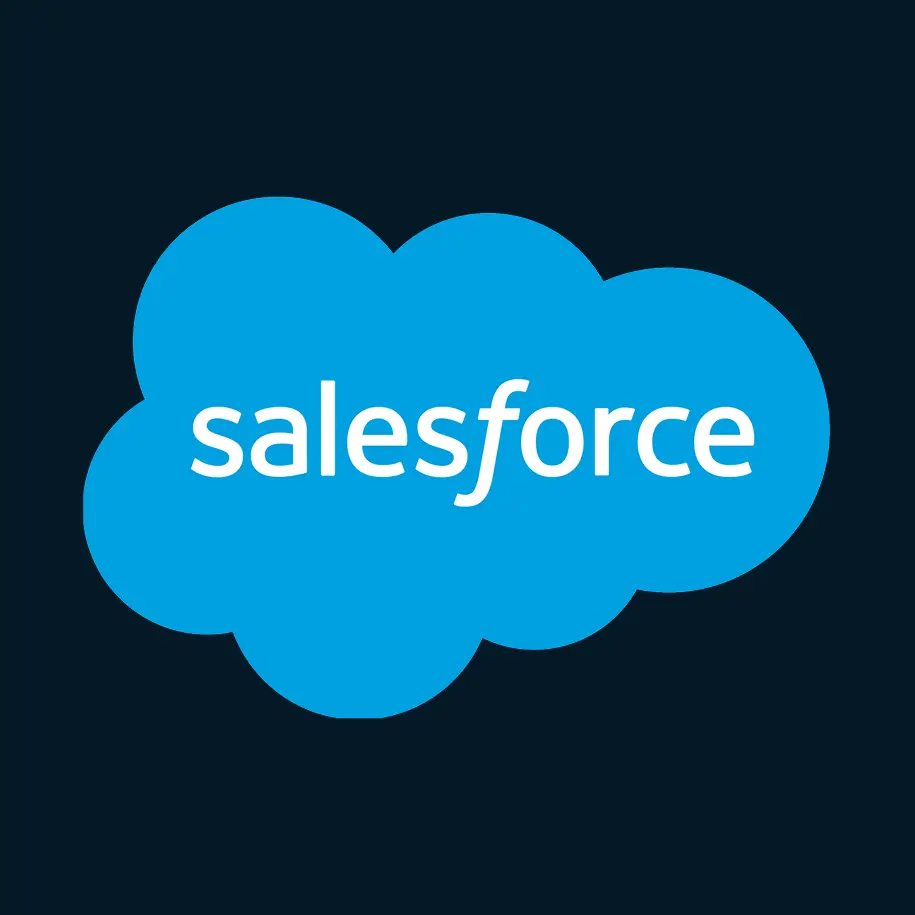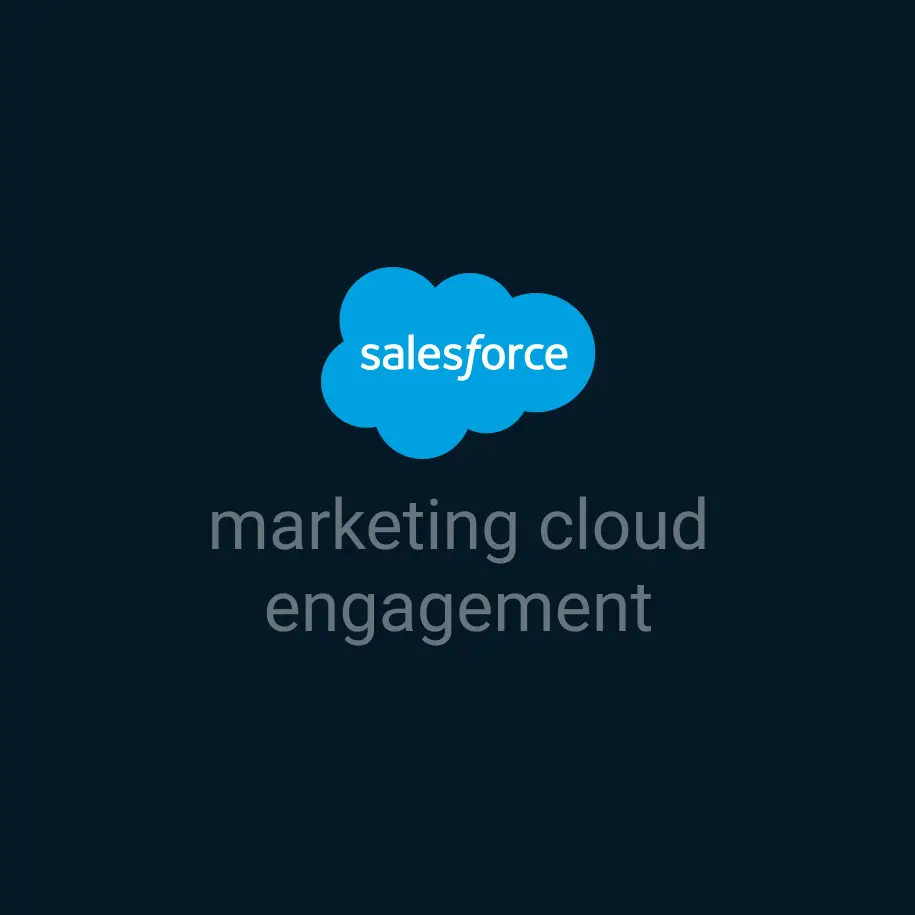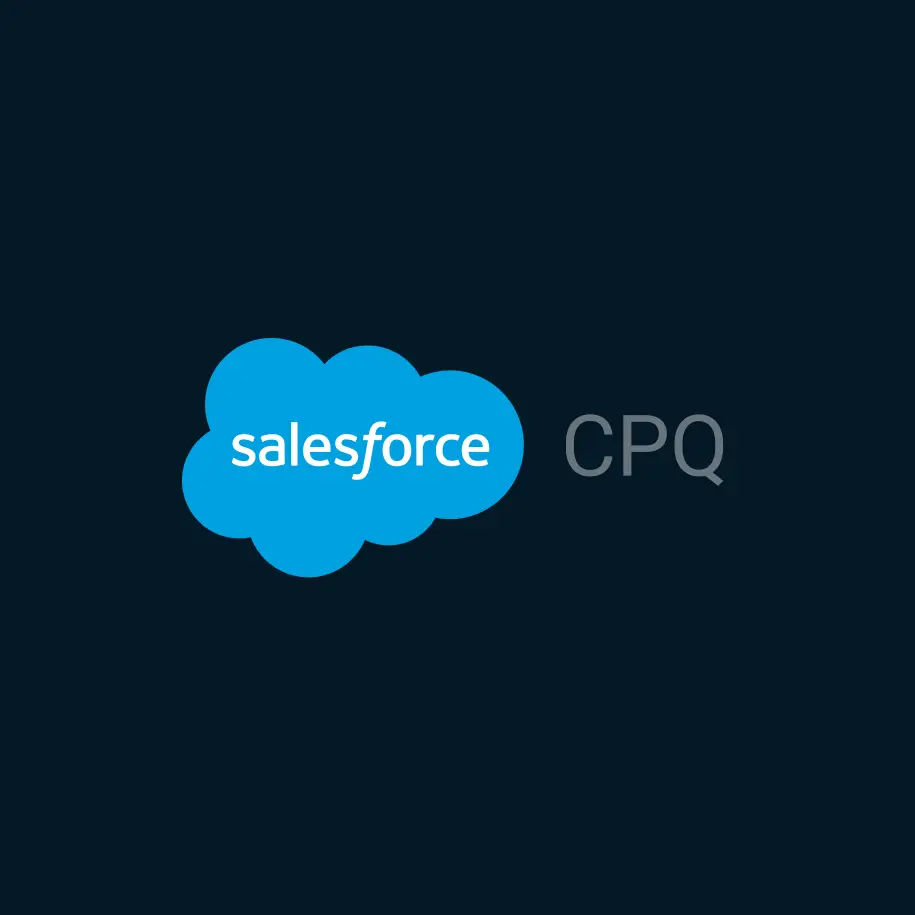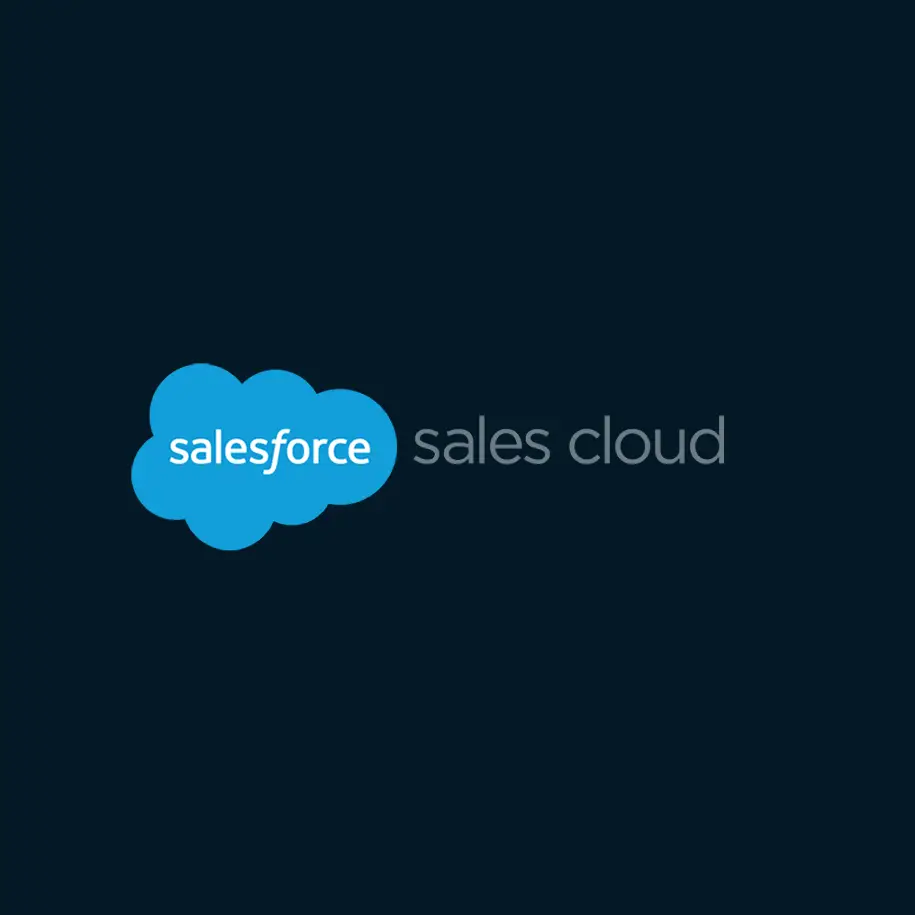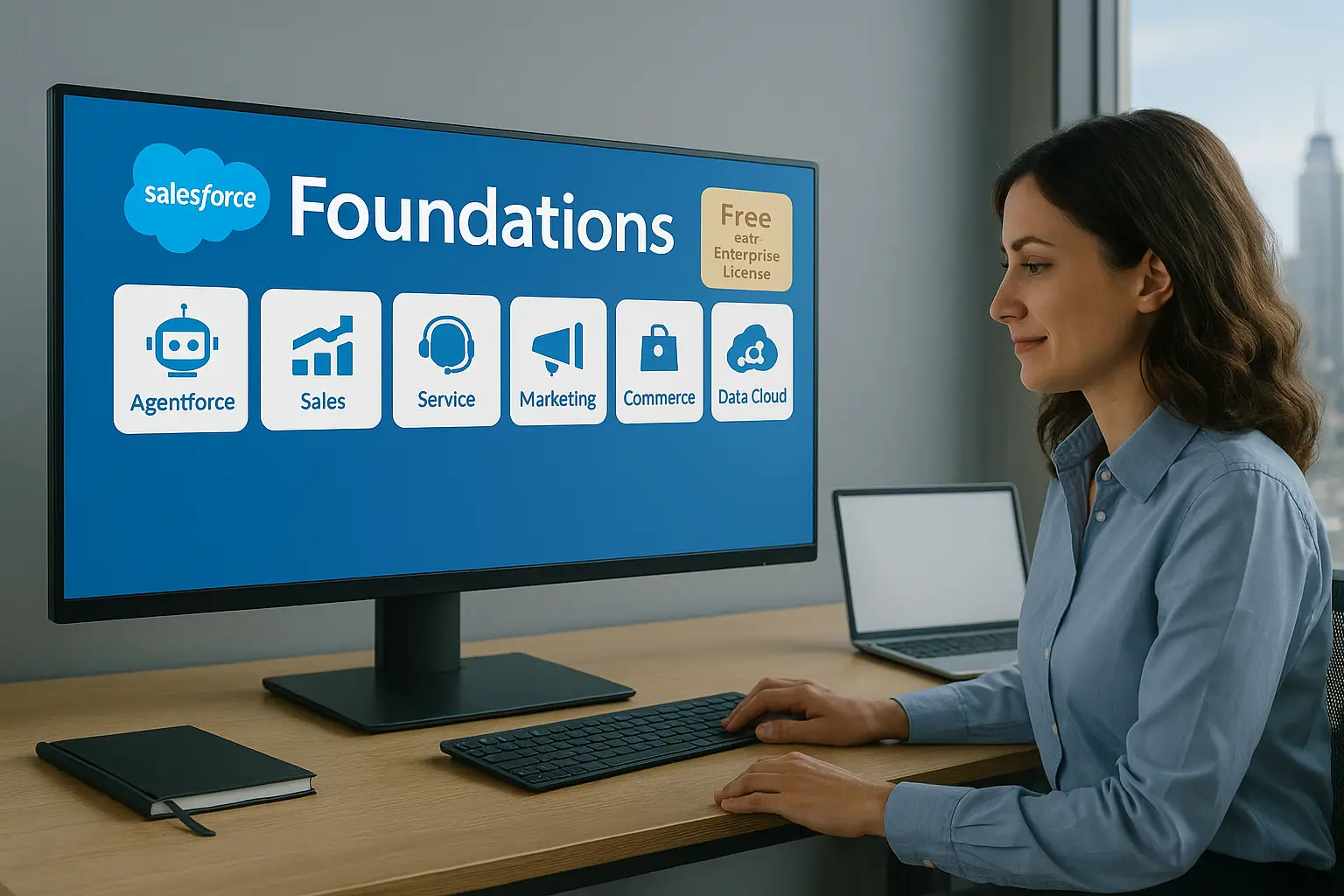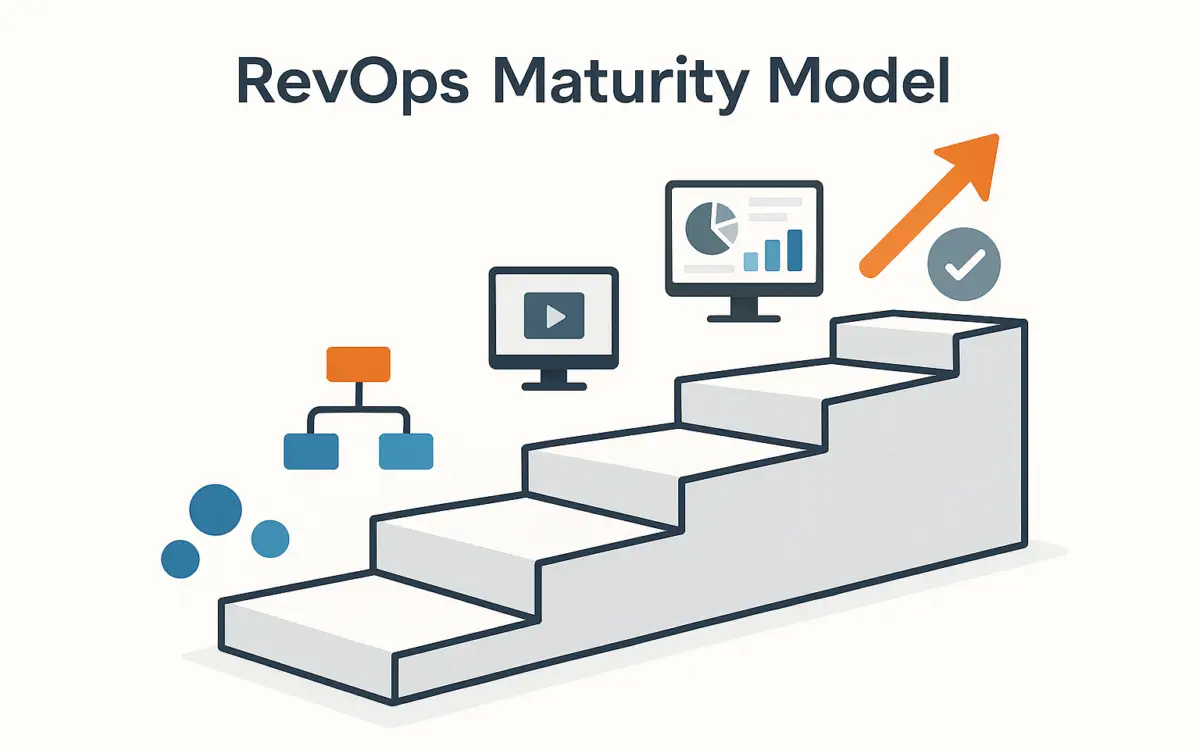
RevOps Maturity Model: How to Diagnose and Scale Your Revenue Engine
If you’ve ever felt like your sales, marketing, and customer success teams are running on different playbooks, you’re not alone.
That’s where the Revenue Operations Maturity Model comes in. It’s not just a buzzword—it’s a way to figure out where your GTM (go-to-market) engine is humming along… and where it might be leaking fuel.
In this guide, we’ll break down what the RevOps Maturity Model actually is, how to tell where your team stands today, and what you can do to level up without burning out your ops team.
What the Heck Is a RevOps Maturity Model?
Think of it like a gut check for how well your revenue engine is actually working across four key areas:
- People: Are the right roles in place—or is everyone doing everything?
- Process: Are your handoffs clean, or do leads get lost in the abyss?
- Tech: Is your stack helping or hurting?
- Data: Can you trust the numbers you’re seeing in your dashboard?
We usually see teams fall into five general stages: Ad Hoc, Emerging, Defined, Optimized, and Predictive. Let’s unpack what that looks like in real life.
The 5 Stages of RevOps Maturity
1. Ad Hoc (a.k.a. Just Trying to Keep Up)
No judgment—we’ve all been here. Your systems don’t really talk to each other, reporting is mostly done in spreadsheets, and everything feels reactive.
Signs:
- No single source of truth
- Sales and marketing operate in silos
- Dashboards? What dashboards?
Starting point: Get your CRM in shape. Salesforce Sales Cloud is a solid foundation for alignment.
2. Emerging (You’re Building the Plane While Flying It)
You’ve begun centralizing your tools, maybe even hired your first RevOps or SalesOps person. Some automation is in place, but things are still a little messy.
Signs:
- Data exists, but it’s scattered
- Some lead routing or automation is working
- Dashboards are team-specific, not shared
What helps here: Tools like Salesforce Marketing Cloud Account Engagement and Revenue Intelligence help pull the picture together.
3. Defined (You’ve Got a System)
This is where things start to click. You’ve standardized KPIs, SLAs are enforced, and there’s a clear revenue process across departments.
Signs:
- GTM teams speak the same language
- Your CRM reflects real-world deal stages
- You trust (most of) your reports
Next move: Map your entire GTM process. What gets measured gets optimized.
4. Optimized (Ops is Now a Growth Lever)
Automation is humming, and RevOps is seen as strategic—not just a support role.
Signs:
- Data is reliable and shared across teams
- Automations save hours each week
- Forecasts are mostly accurate (shocker!)
Pro tip: Use Salesforce Flow or MuleSoft to integrate everything from quote-to-cash to lead scoring logic.
5. Predictive (You’re Playing Chess While Others Play Checkers)
You’re not just tracking the past—you’re forecasting the future. AI and analytics help your GTM teams make smarter decisions faster.
Signs:
- Predictive pipeline and churn alerts
- Scenario planning actually works
- You know what levers to pull to hit goals
Level unlocked: Tools like Salesforce Einstein and Revenue Cloud help keep the engine running smoothly at scale.
How to Figure Out Where You Stand
Here are a few quick gut-check questions:
- Can you answer, “How much revenue are we on track to close this quarter?” in under 5 minutes?
- Do sales, marketing, and CS agree on what a qualified lead actually is?
- Is your reporting automated—or do you still refresh spreadsheets before meetings?
If you’re cringing a little, don’t worry. Most teams are somewhere between “Emerging” and “Defined.” The goal isn’t perfection—it’s progress.
How to Move Up the Maturity Ladder
Here’s what actually works:
- Audit your systems: What’s working? What’s duct-taped?
- Clean your data: Garbage in = garbage out.
- Automate the obvious: Lead routing, meeting reminders, deal alerts—free up your reps to sell.
- Standardize your definitions: Everyone should know what “churn” or “SQL” means without debate.
- Get alignment around one CRM (ideally, Salesforce)
Final Thoughts
RevOps maturity isn’t about buying fancy tools or hiring a huge ops team—it’s about creating clarity and removing friction so your revenue engine can run at full speed.
Start where you are. Be honest about what’s working and what’s not. And most importantly, build with scale in mind—because your GTM strategy should grow with your business.

